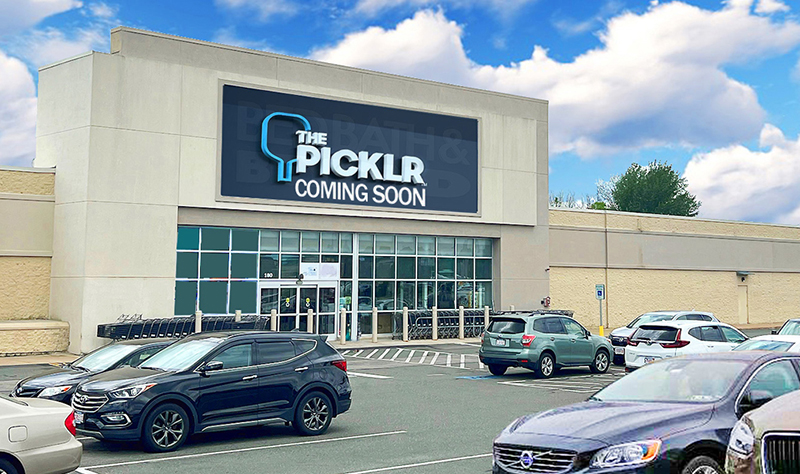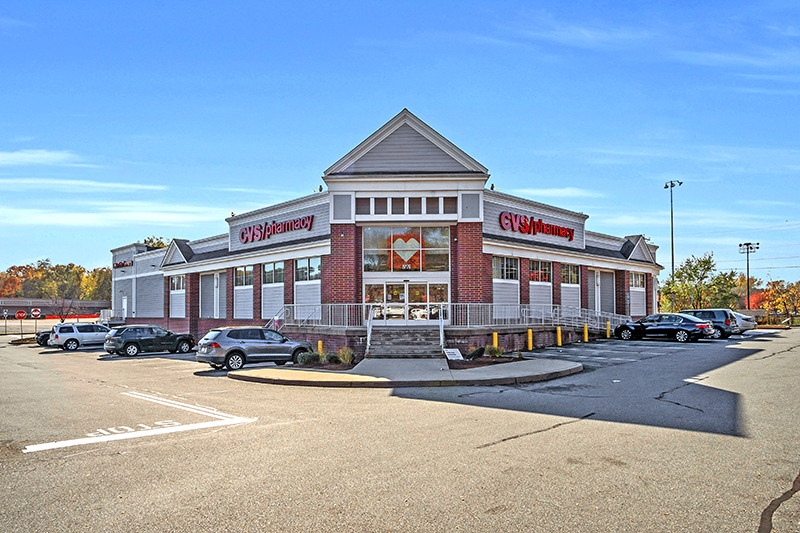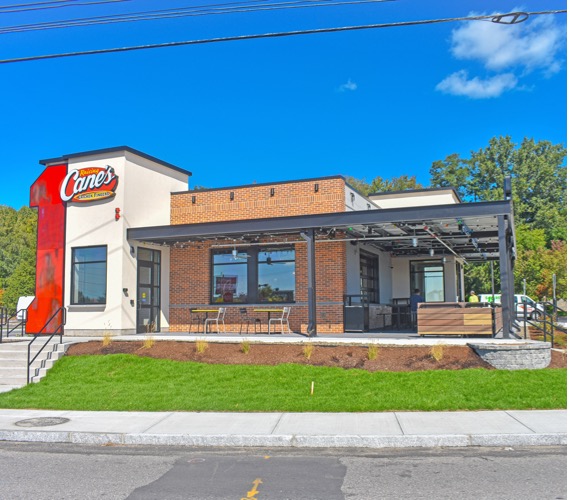Question of the Month: Is redevelopment the best solution for an outdated retail center? - by Lindsay Corsino
 Lindsay Corsino, EMJ Construction
Lindsay Corsino, EMJ ConstructionThe high prices of ground-up investments are driving investors to focus on improving their existing assets. In a mature New England market, underperforming retail centers may not be giving the return on investment (ROI) that was originally anticipated and tenant spaces may be underutilized and visually unappealing. Each day, more developers are analyzing their existing assets and questioning how to reposition in order to maximize profits.
When analyzing your property’s redevelopment viability, it’s important to take into account several dynamics. Consider how your existing facility needs to be modified to meet the needs of your customers. Today’s shoppers have more options than ever, have limited time, and want the most convenient experience. Customers are looking for easy and accessible parking, new and trendy tenants, and the most entertainment all in one location. Given these parameters, how do you get the most ROI? Does an expense/income analysis show that an acceptable ROI is feasible? Lastly, does it make sense to renovate a standing property or build from the ground-up?
Understanding the benefits and drawbacks of redevelopment can prepare you for what’s to come and help you make an educated decision.
The Benefits of Redevelopment
• The costs of redevelopment are almost always less than new construction. A 15 to 20% cost savings could be achieved when renovating compared to building new construction, particularly if the existing structure is sound and meets the proposed tenant requirements. Plus, with a redevelopment, a certain amount of infrastructure is already in place and helps to reduce overall costs that are often inherent to a new development (i.e. utilities, off-site improvements, etc.).
• The permitting process can be easier with renovation than new construction. Typically, the approval process is easier to navigate with existing facilities as opposed to new construction. Oftentimes, you can avoid the need for any variances and any rezoning of the property. Redevelopments are often approved more expediently because the community is behind revitalizing the property for the benefit of the town and their property values.
• The construction schedule is often shorter. During a redevelopment, there is less work to be completed (earthwork, slab concrete, utilities, etc.) compared to new construction. Less construction time means delivery to the end user is quicker, rents are collected sooner, and the rate of return to the owner is higher.
The Challenges of Redevelopment
• You are bound to run into unforeseen conditions that can delay a schedule and add cost. This is generally avoidable with a thorough due diligence program from a respected general contractor, architect, and civil engineer whom together analyze the exterior building envelope, structure, finishes, MEP systems, and utilities. Also, if there are records of prior builds, the team can analyze those and gain a fair understanding what to expect prior to demolition.
• When redeveloping an occupied environment with open-for-business tenants, issues can arise quickly. To minimize these issues, the construction team can put together a mitigation plan that includes logistics, phasing, and safety to the tenants/public. Finding a contractor experienced in occupied space renovations is imperative to your customer’s satisfaction and will result in less disruption to the shopping public and open businesses.
• The existing structure must be suitable for the new concept. Does the building meet tenant’s prototype requirements? How flexible is the proposed tenant when it comes to prototype modifications? Is there so much renovation work that the typical building construction cost savings is eroded and prices become close enough in cost to warrant an entirely new building? These questions need to be answered in order to understand the viability of redeveloping your center.
The Decision Made Easier with a Unique Approach
In conclusion, redevelopment a very viable option. As a contractor whose retail portfolio is 60% redevelopment, our team is constantly analyzing the best approach for each client’s opportunity. Because every project is unique, a thorough analysis of every aspect of each project is reviewed to ensure the best program for the owner’s desired goals and ROI.
Redevelopment lends itself to a variety of project delivery approaches. At EMJ, we utilize our Concept-to-Completion (C2C) approach which provides the best opportunity to reduce cost and add value. The C2C approach involves the contractor, architect, engineer, and other stakeholders to collaborate with the owner starting with the go-no-go “decision phase.” This phase is critical to understanding the risks associated with the project and whether or not the redevelopment is viable base on the collective input of the team. This customized approach focuses on generating measurable results by capturing untapped value on a project.
For more information on redeveloping your property, visit emjcorp.com or contact our office in Waltham, Mass.
Lindsay Corsino is national account executive for EMJ Construction, Waltham, Mass.
Mace of KeyPoint Partners negotiates 36,192 s/f lease for The Picklr at Endicott Square
Danvers, MA KeyPoint Partners (KPP) negotiated a lease with the nation’s premier indoor pickleball venue The Picklr at Endicott Sq. Vice president of retail brokerage Don Mace negotiated the transaction on behalf of the landlord.





.jpg)


.png)